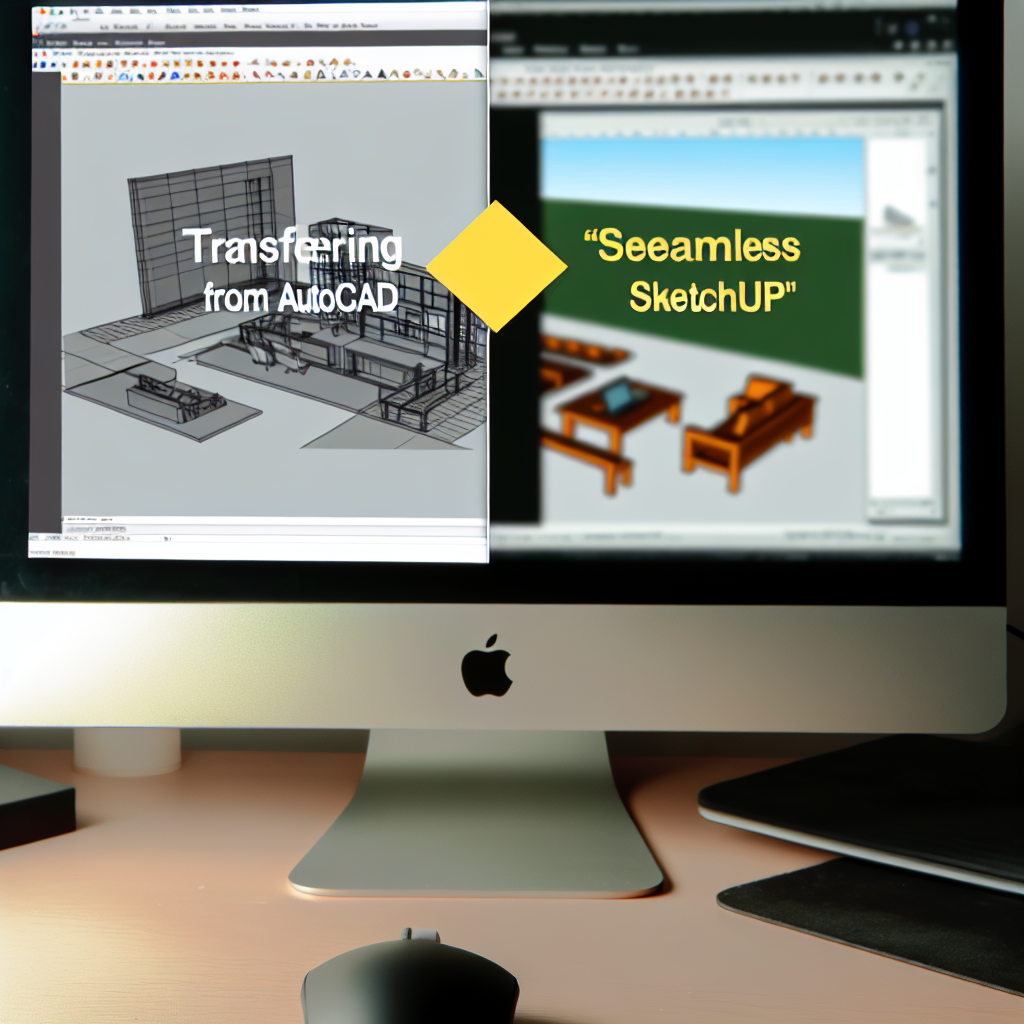Converting designs seamlessly between different 3D modeling software is essential for architects and designers aiming for efficiency and precision. In this article, we explore the process of moving from AutoCAD to SketchUp, highlighting insights shared by Larry Zent at 3D Basecamp 2018. Understanding this workflow can significantly streamline your design process and improve collaboration.
Understanding the Workflow from AutoCAD to SketchUp
One of the key themes Larry Zent emphasized is the importance of a smooth and reliable transfer process between AutoCAD and SketchUp. These two programs serve distinct purposes: AutoCAD excels in precise 2D drafting and technical drawings, while SketchUp offers an intuitive environment for 3D modeling and visualization. The challenge lies in maintaining accuracy and detail during the transition.
To begin, Larry suggests preparing your AutoCAD drawings by cleaning up layers, xrefs, and ensuring that all geometry is properly organized. Simplifying the CAD file minimizes data corruption and ensures that the imported model translates accurately. When importing into SketchUp, users should choose the appropriate file format—typically and most effectively, DWG or DXF—and utilize SketchUp’s import settings to preserve as much detail as possible. This process highlights the importance of understanding the nuances of each software’s capabilities, allowing for better control over the final model.
Best Practices for a Successful Transition
During his presentation, Larry Zent shared practical tips to optimize the data transfer from AutoCAD to SketchUp:
- Scale and Units: Confirm that scale settings match between both programs to avoid discrepancies in dimensions.
- Use of Layers: Organize AutoCAD layers meaningfully, enabling easy toggling and selective import in SketchUp.
- Geometry Cleanup: Remove unnecessary objects, blocks, or annotations in AutoCAD to streamline the model.
- Component and Group Management: Convert complex AutoCAD entities into components or groups before import, facilitating easier editing and modification within SketchUp.
By following these practices, designers can reduce errors and improve workflow efficiency, ensuring that the imported model is both accurate and ready for further development or presentation.
In conclusion, Larry Zent’s insights at 3D Basecamp 2018 provide a valuable roadmap for professionals looking to transfer their AutoCAD drawings into SketchUp seamlessly. By understanding the proper preparation, import settings, and best practices, users can ensure a smooth transition that preserves detail and enhances productivity. Mastering this workflow opens new possibilities for more integrated and efficient design processes.
